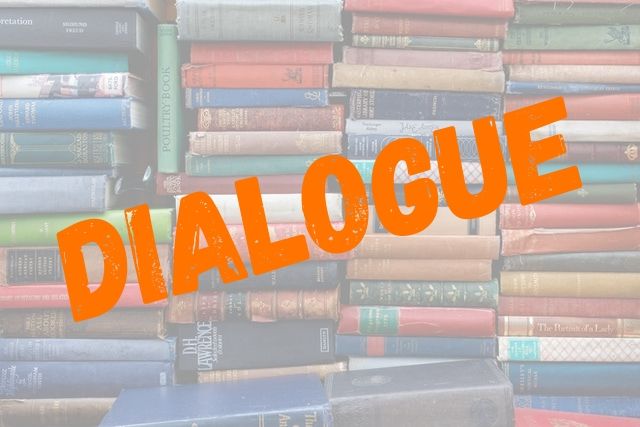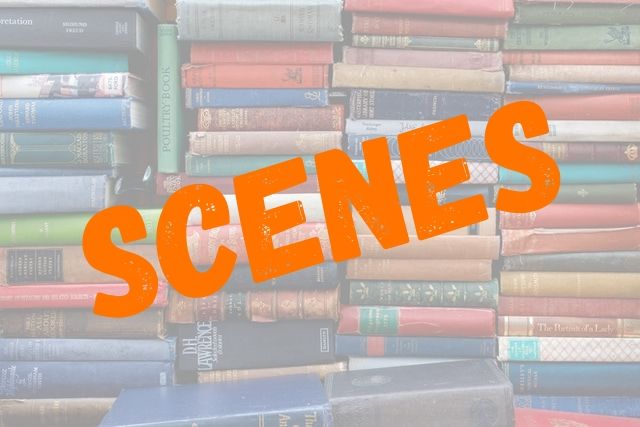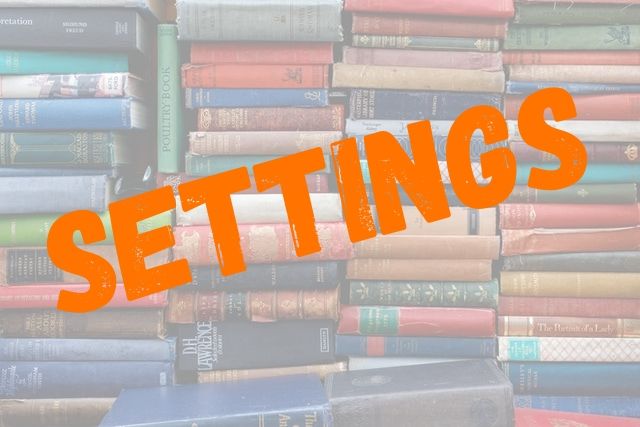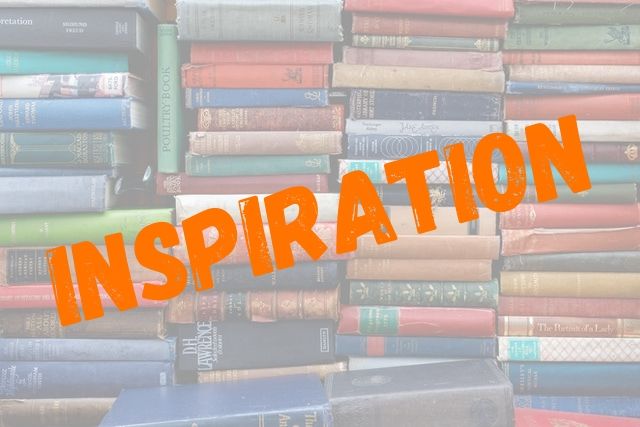Writing Well-Crafted Dialogue

Masterful dialogue is one of the writer's most important tools...
Read More
A vital part of telling the story you want to write is choosing the Point of View (POV) and finding the one that works best for your story. How you write your story and the reader’s relationship to your story will be determined by the POV.
Each viewpoint has its own advantages, freedoms, and limitations.
It’s important to give careful consideration to the POV for your story, not only because you’ll be living and inhabiting this POV for a considerable period of time, but also because you’ll be expecting your readers to do the same. Ideally, once you consider all the options and advantages and disadvantages of each, you’ll find the one that works best for your writing style and your story and start to feel what’s right for writing your story in the best way possible.
The POV you choose will not only convey information but will affect the style, tone, narration, and even the plot of your story, working to make the world you create compelling and convincing.
Here’s a rundown of the various POVs and some aspects to consider about each.
FIRST-PERSON SINGULAR
You can’t take the “I” out of writing and first-person narration is often the one writers instinctively turn to for their first stories as everyone already has an intimate familiarity with the idea of telling stories from a personal perspective: I went here, I did this, and then this happened.
When you’re writing your first-person POV story, you’re telling an individual’s story directly through the lens and views of a single character and their direct experience of what she sees, hears, feels, and even thinks.
ADVANTAGES:
LIMITATIONS:
SECOND-PERSON POINT OF VIEW
The least common is second-person point of view, where the reader is addressed directly. Writing in this POV uses the ‘you’ pronoun as opposed to the first-person ‘I’ or the third-person ‘she,’ he,’ ‘they,’ or ‘it.’
Second-Person POV can be powerful and intimate when done well but is less common and less popular with editors and publishers.
ADVANTAGES:
LIMITATIONS:
THIRD-PERSON PERSON POINTS OF VIEW
Most fiction is told in some form of the third-person POV, either third-person limited, or third-person omniscient, using ‘she,’ he,’ ‘they.’ or ‘it.’ pronouns as vehicles to move the story along.
Much of classic literature was told with third-person omniscient narration, but in modern literature, the third-person limited POV tends to be the most prevalent.
THIRD-PERSON LIMITED
Strict third-person limited tells the entire story from one character’s perspective, either as if seeing the story from the eye’s of the main character or even entering the main character’s mind and thoughts and filtering the story and events from that character’s perspective. Done in this way, third-person limited POV offers some of the closeness of first person, revealing that character’s thoughts and feelings about the events of the story.
Additionally, many writers tell their stories from multiple third-person POVS where the perspective changes from one character to another during the course of a story (but ideally not within the same scene, which runs the risk of ‘head-hopping’ and confusing the reader). If you’re going to use multiple third-person POVS, the best way to handle it is to only change the character of your POV in separate chapters, segments, or scenes.
ADVANTAGES:
LIMITATIONS:
THIRD-PERSON OMNISCIENT
Third-person omniscient is similar to third-person limited in that it uses the pronouns she or he but it’s when the story is told from the vantage point of an all-knowing narrator who can know and understand things the characters can not.
An all-knowing narrator not only reports the facts but may also interpret events and relate the thoughts and feelings of any character.
Writing in the third-person omniscient perspective allows the author to go into any character’s perspective or consciousness and reveal her thoughts but also to reveal, interpret, or explain things the characters do not know or experience.
The third-person omniscient voice can be objective and impartial or can even become a narrating personality itself, even somewhat a disembodied character in its own right if the writer wishes for the narrator to have a distinct voice and personality.
ADVANTAGES:
LIMITATIONS:
Every writer should have a familiarity with the various POV storytelling options and it’s a good idea to try your hand at each of them to explore their various styles, strengths, weaknesses and also to find which writing POV you’re most comfortable with.
The more you consider the possibilities and the closer you get with your character and the more familiar you are with the story you wish to tell, the more prepared you’ll be to choose which POV you wish to use for your project.

Masterful dialogue is one of the writer's most important tools...
Read More
Scenes are the fundamental building blocks of story...
Read More
How to enhance and enliven your story's setting...
Read More
Feed your muse and you start to see the world in terms of story...
Read More
Don't Get too Comfortable in Your Comfort Zone...
Read More